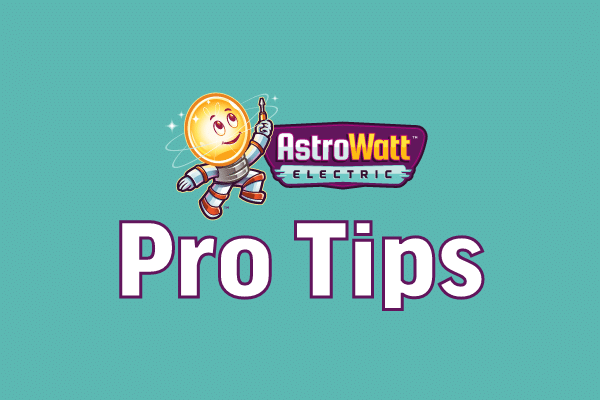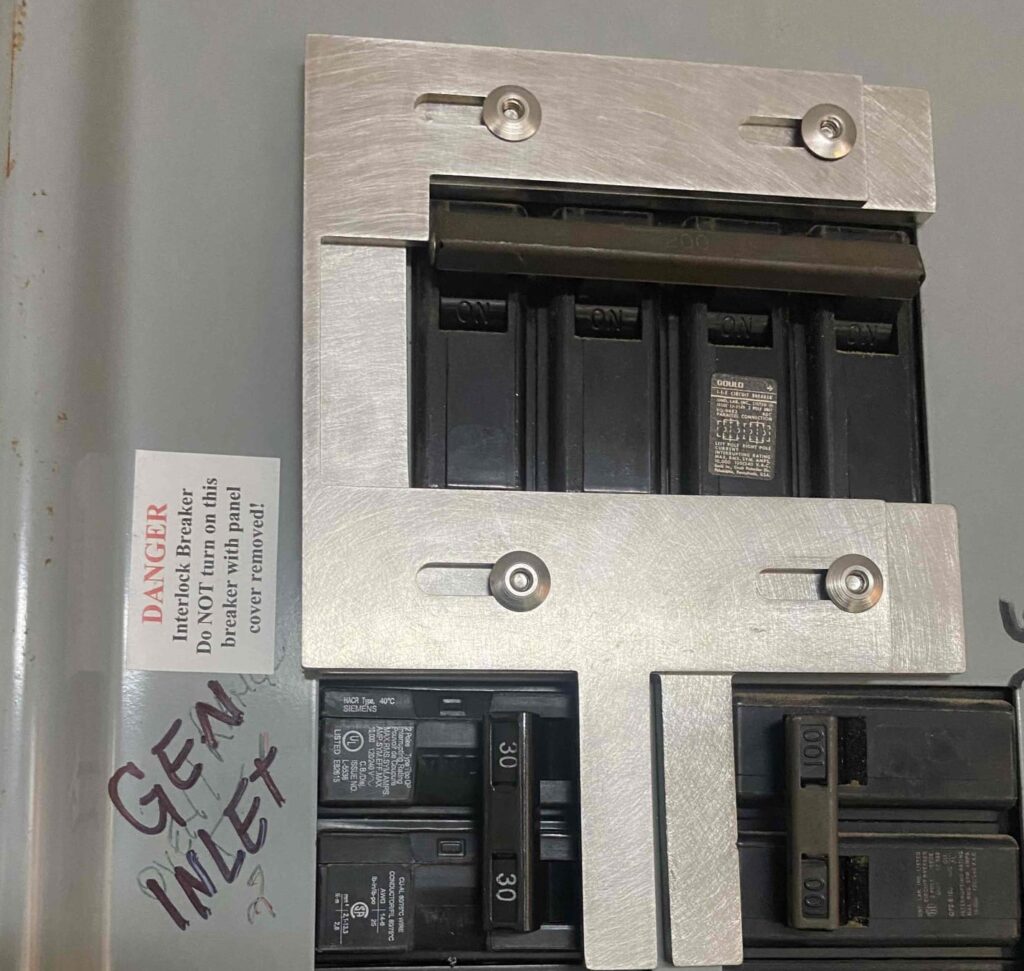
Living in the Raleigh area of North Carolina, it’s inevitable that you’ll need a portable generator. We will lose power throughout the year. The main culprits are hurricanes, ice storms and summer storms. The day after any of these storms hit our area, we are flooded with calls for generator solutions.
If you aren’t looking to invest $10,000 – $25,000 + for a whole home generator, using a portable generator is a great alternative.
What’s the best way to hook up a portable generator? Let’s go through our recommended process.
Buy a Portable Generator:
We recommend buying a portable generator when you don’t need it. That way, when you do need it, you already have it. You won’t be fighting over the last one at Home Depot the next time a storm hits. There are 100’s of options for portable generators. We recommend buying one that has a 50-amp outlet so you can power your essentials.
Don’t Just Run Extension Cords:
As electricians, we aren’t big fans of extension cords. If you are using a generator, there’s a great chance that the weather isn’t great either. Running extension cords from a portable generator into your home is not the best solution.
Determine Your Location:
Now that you have your generator, you have to figure out where you want to put it when in use. Ideally you have a safe, outside location to ensure the Carbon Monoxide doesn’t build up around the generator. Although most have a CO sensor to keep you safe (i.e. if it was in your garage), you don’t want the generator turning off when you need it the most.
Install a Generator Inlet:
Here is where we come in. Ditch the extension cords and instead have a 50-amp generator inlet installed by a licensed electrician. This will allow you to hook your generator up directly to your electrical panel. It will also give you the peace of mind you need the next time your power goes up.

Install an Interlock Kit:
Not only do you need the Generator Inlet, but you also need an Interlock Kit installed on your electrical panel. This will allow you to safely use power from your generator when the main power is out. It also eliminates the need for extension cords. The Interlock Kit ensures that you don’t have the portable generator and main power on at the same time which can cause serious damage to your home, your generator and even the line workers. An Interlock Kit is also a great alternative to a transfer switch as it is easier to choose what circuits you want to energize with your generator.

Get Your Electrical Work Inspected:
Now that all the electrical work is complete, there is only one more thing you need to do before firing up that portable generator. Get it inspected by your local municipality. All our installs include the permit and inspection to provide you the extra peace of mind you are looking for when dealing with your home’s electrical system. Once the inspector signs off on the work, you are good to go!
The only thing you need to do before the next power outage is to make sure your generator is regularly serviced and that you have fuel on hand. This will ensure you are prepared for the next power outage.
If you are ready to get your portable generator set up, we are ready to help. Give us a call today at 984-600-0100 and we can schedule a time for our Electrical Advisor to come out and meet with you. Sit back, relax and we’ll take care of the rest!


